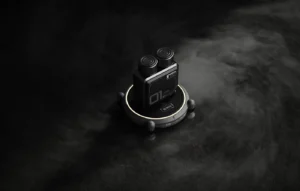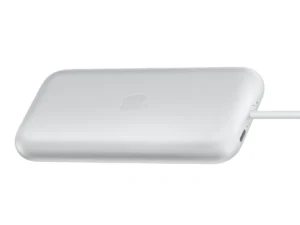Meta Description: Most design teams talk about design thinking and product design as a linear path. But the best outcomes come from how the two interact—not just how they’re defined.
Introduction: Why the Two Get Confused
You’ve probably seen the diagram:
Empathize → Define → Ideate → Prototype → Test.
It’s clean. It’s structured. It feels safe.
But product design—real product design—is anything but tidy.
It’s messy, iterative, political, and deadline-driven.
Design thinking promises clarity.
Product design demands action.
So how do these two worlds work together?
Let’s break the myth that they’re the same—and explore where they actually meet.
🧠 Design Thinking ≠ Product Design
Let’s get this straight:
- Design thinking is a mindset.
- Product design is a discipline.
Design thinking helps you ask better questions.
Product design helps you deliver real answers.
Design thinking thrives in ambiguity.
Product design survives in constraint.
One is divergent. The other convergent.
One opens possibilities. The other picks one.
But they aren’t opposites.
They’re partners.
Case Example: When the Mindset Saved the Design
We once worked on a smart pill organizer for seniors.
The industrial design was stunning.
The interface was intuitive.
The engineers were proud.
But usability tests with elderly users revealed a fatal issue:
They couldn’t lift the lid without hurting their fingers.
Nobody had thought to test that detail—not even in CAD.
We were too close to the “design.”
Too far from the “thinking.”
So we paused. Revisited the user journey.
Reworked the hinge.
Reconsidered the ergonomics.
We lost two weeks.
We gained long-term product trust.
Where the Two Must Overlap
In the best product teams, design thinking is not a workshop.
It’s a layer inside every product design decision.
Here’s what that overlap looks like in action:
| Design Phase | Design Thinking Injected |
|---|---|
| Concept Sketching | Ask: “What’s the real need?” not “What’s a cool form?” |
| Material Selection | Consider: “What feels right, not just what’s cheap or durable?” |
| UX Wireframes | Validate: “Is this intuitive without explanation?” |
| DFM Review | Preserve: “Does the soul of the idea survive cost-cutting?” |
| Post-Launch Feedback | Loop: “What can be learned—not just fixed?” |
Common Traps to Avoid
- Over-theorizing
Not every product needs a multi-week empathy study. Sometimes, quick observational research is enough. - Design by consensus
Design thinking encourages group participation. But design quality still needs strong, directional judgment. - Style over insight
A beautiful product that solves the wrong problem is still a failure.
A Final Thought
Design thinking isn’t something you apply.
It’s something you inhabit.
It doesn’t replace craft.
It enhances it.
Great product design is not just about what looks or works best.
It’s about what was understood deeply enough to be worth building.
At WokooDesign
We use design thinking not as a slogan, but as a compass.
It keeps us grounded in what users need,
what engineers can build,
and what clients can deliver—on time and at scale.
Need a partner who asks better questions before proposing polished answers?
Let’s design something worth making.



